Hey everyone,
For the past few weeks I've been painting en plein air with water-mixable oils. I've used them before when I was still a student and hardly knew how to use traditional oils let alone water-mixables. I had pretty much written them off as inferior for years until I had seen some cool experiments that a few friends of mine had done with them(most impressively, Akira Beard). I then decided when I had some free time and cash to blow on a new set of paints that I would try them myself.
Why Use Water Mixable Oils?
Aside from the main reason people try them, which is to avoid solvents like turpentine, there are a few unique qualities that this medium possesses that make it worth at least dabbling in.
First off, even though they are still technically oils, they are a water media and are best handled as such. If you are a seasoned oil painter and are expecting them to handle the same, you will be severely disappointed. One of the main reasons I was attracted to them was the possibility of having the unique characteristics of watercolor and oil inside of the same painting. You can create sensitive washes and impasto brushwork in the same painting. They have a lot of the characteristics that attract some people to acrylic as an alternative to oil without a lot of the drawbacks.
How Do They Compare To Other Media?
I put together this little chart in case you want to save it for later reference.
Compared to Traditional Oils
There is no substitute for traditional oils. Period. With that said, this is obviously the closest in feel to them. Some people say they dry quicker, I think they become touch-dry maybe slightly quicker, yet they stay tacky longer, it seems. They smell different as well, though I am not sure why. They also release from the brush in a different way, that's sort of hard to describe. They feel stiffer and "gummier" than traditional oils, which have that butteriness that's so appealing to oil painters.
Compared to Gouache
They are similar to gouache especially when both media are thinned out with water. Gouache seems to have a significantly higher pigment load, however; it is impossible to have impasto brushwork with gouache. Gouache seems to lack the permanence of oil as well.Compared to Acrylic
I would say they are the most similar to acrylic in terms of handling. They thin out in a very similar manner, have a similar feel to each other on a brush, and sort of have a similar semi-transulent look once dried. Water-mixable oil doesn't have the plasticky feeling, but also doesn't have most of the covering power of acrylic in concentrated dosage. Acrylic has the potential to dry almost instantly, which is most oil painter's main gripe with it. It's much harder to layer en plein air with water-mixable oil, but since it stays open for hours rather than minutes (or even seconds) leaving you with little reason to do so when painting alla prima.
Compared to Watercolor
Aside from a few things, they can be very dissimilar from each other. Using the water-mixable linseed oil along with water to thin it out, you can do some pretty nice washes with it, however there is no substitute for the delicacy of watercolor. If you choose to, you can work completely transparently with water-mixable oils, and depending on the surface you are working on, you can do a little bit of layering if you want.
Who Would Benefit The Most?
Aside from people who for health reasons can't use solvents anymore, there are some people who may want to try them as an alternative to oils for the advantages I pointed out already. I believe the painters who would enjoy them the most are acrylic painters who are trying to use them like oil paint and keep getting frustrated. Also, illustrators and others who are used to painting with mixed media and are already familiar with the advantages/disadvantages of other media and are interested in trying on a new medium. As long as you treat it as its own separate category of medium and can set aside the fact that you are not painting with "real" oils, you can really enjoy them.
What Should I Buy?
Ok, let's start with what you should not buy. DO NOT start with Winsor-Newton Artisans or Grumbacher Max! I used those brands when I first tried to use them back in school and was so turned off that I thought I would never touch them again. What's wrong with them? They have a terrible pigment load, very limited color selection, very stiff/gummy out of the tube, and do not thin out well at all.
I have been using almost exclusively Holbein Duo. They are much more buttery, thin out a lot better (especially with the w.m. linseed oil) and have a way better color selection than either brand. I have heard that Cobras are also very good but I haven't gone ahead and bought any of those yet. Daniel Smith brand just came out with their own line, so I may try that one out.
Let's talk brushes. I tried out both my oil painting brushes and my watercolor/gouache and acrylic brushes with them. As you might guess, the best brushes turned out to be the ones that go best with their respective jobs. For example, thin washes? A faux animal-hair wash brush or a very soft nylon. Impasto? I really liked using my Rosemary&Co. Ivory stiff synthetics. Not so much hog bristles, since they lose most of their spring once soaked. Mongoose hair brushes hold up quite well, though. Sensitive detail work is best handled with thin genuine-animal-hair brushes, of course. Using the linseed oil greatly improves the brushwork as opposed to only using water.
Also very much worth getting is a good brush cleaner-restorer like Winsor Newton(my favorite). The one that Holbein makes works ok but it seems to sap all of the natural softness of animal-hair brushes out of it. I am a big fan of Richeson's Linseed Soap for basic brush-cleaning needs. Water-mixable oils are notoriously hard to clean once dried so you need some really good stuff to keep your brushes clean and ready.
What Are The Problems?
My main gripes with the medium are as follows: They are not quite as fluid out of the tube as traditional oils, the color selection is only about half of most other media(There are a few colors that have become staples of my palette in other media that I miss a lot when using w.m. oils), they don't seem to have as high of a pigment load as other media, and they have a transparency to a lot of their colors. Especially their whites! I have yet to find a white I am satisfied with! It should be by far the most opaque color yet it isn't! Keep in mind I have tried only a few different whites, but if anyone finds a white they are truly satisfied with, please let me know! They are pretty harsh on brushes and are difficult to clean once dried. I can't vouch for the permanence of the medium either. I have to admit I have not done a lot of research on the permanence, therefore until I know better I probably won't use them for a lot of gallery work. I encourage you to do your own homework there if it really concerns you.
•
And now for the paintings. I did almost all of these on small scraps of leftover canvas mounted on leftover mat boards/masonite. I wanted something to do with all of that extra stuff taking up space in my studio, and doing rapid "throwaway" paintings lets me do many in a row which speeds up learning. I broke the sections down according to the surface I painted on.
Acrylic-Primed Canvas
Acrylic primed canvas tends to suck some of the moisture of the water into it, and it's also quite difficult to get good washes with the canvas weave in the way like that. It is pretty effective for layering and impasto effects, though.
In this painting, I used some wipe-out techniques to get most of the light areas. This is a decent representation of what it means to have both watermedia effects and oil painting techniques in the same painting.
Oil-Primed Linen
As with painting with traditional oils, I really like this surface for water mixable oils as well. Washes look better than acrylic-primed canvas, better handling, not as absorbent, looks better when dry.
This painting came out looking a lot like gouache, mostly because of how much i thinned it out without using medium. There is some impasto in the highlights which I layed over a wash of yellow.
This one started off as a lot of dark translucent washes. It slowly came together with some choice thick strokes.
I like the way this one came out. I has a lot of the thick-thin spectrum I was trying to get with these experiments.
Watercolor Paper
Watercolor paper is very absorbent, as you may expect. With these I was really trying to experiment with going from thin washes to impasto. The paper's absorbency makes it hard to get nice flowing strokes, so a lot of drybrush was used with a lot of these. The cold-pressed paper makes it more pronounced on these paintings as well. I liked the look, but painting outdoors on this surface alla prima isn't nearly as pleasurable as I was hoping it to be. I would highly encourage using w.m. linseed oil medium with this paper.
A lot of warm transparent washes make up the underpainting of this one. I kept the sky pretty transparent as well.
The absorbency of the paper made it easy to lay down a flat local color in which to lay down thicker strokes (mixed with w.m.linseed) on top of it. I felt like I was finally getting a hold of the surface by the time I got to this painting.
Late evening painting. Again using very warm transparent washes to establish the color. Not crazy about the drawing but the color is decent.
Yupo Paper
And now finally, one more thing I didn't think I ever needed to touch until I was convinced otherwise. I really like what (again) Akira Beard is doing with Yupo paper, so on a whim I bought some a few months ago. I wanted to see what would happen when I combined the unpredictability of watercolor on this surface with the feel of painting oils over something so smooth.
What is Yupo Paper? It is a thin sheet of polypropylene plastic over a very thin paper backing. It is extremely smooth and easy to wipe off. It is almost identical in feel to painting on Mylar. It is very forgiving of mistakes but also very fragile because it's so easy to wipe down. I chose to exploit that part of it by doing some "subtractive" painting in areas. It's a fun surface to play on if you want to be challenged in a different way. You might discover something new about the way you want to work with your medium of choice.

A lot of the grass on this painting is a thin scrubby layer of greens, yellows, and browns. There is some impasto in the sky and the sheep, sort of, but for the most part the lights are achieved with the white of the paper.
I went to the life painting session in Petaluma to do this 3-hour pose from life with water-mixable oils on the Yupo. I purposely reversed my normal way of working by making the darkest darks the thickest part of the painting and lights almost exclusively achieve with the white of the paper. Almost no tube white was used in her face. I really like how it turned out. There is a good vibrancy to this one in person that may not translate over the computer.
I painted this very quick study in my backyard just so I could make a video demonstrating how I approached painting on this surface with this medium. Check out the video here:
http://www.youtube.com/embed/V6TQ83qRbGM
Some Thoughts
Although this is by no means replacing my traditional oil output, it's nice to have an extra tool in the case. If I want to travel and not worry about packing/buying solvents I have this as a fallback plan. I know what I am in for whenever I decide to use these paints. I can't say everyone is going to be happy with them, but I hope you can at least see the potential in them and don't completely dismiss them, as I did for so long.
Although these are just studies, I've decided to put a few of the ones I like up for sale on my Zatista page. They are really affordable, in case you are interested in owning a piece by me.
• • • • • • • • • •
In other happenings, I am heading out to Los Gatos this week to participate in the Plein Air Festival! It is my first time participating and I hear many good things about it. I will also be reuniting with folks from all around California and the Pacific Northwest so I am sure it will be an awesome time!
| Presented by: Los Gatos Morning Rotary Club |
| painting Morning at Garrods by Lori Putnam | logo and design TreadCreative.com |
Don't miss Los Gatos Most Impressive PLEIN AIR FINE ART EXHIBIT & SALE Fine Art | Wine Tasting | Live Music ~ Meet the nationally acclaimed juried plein air artists on: - Saturday, June 16, 11:00-5:00pm Los Gatos Town Plaza - Admission is Free - Supporting Art Education for Kids For a virtual tour of the artists visit us on Facebook Los Gatos Plein Air and click on "Meet the Artists" |
SUPPORT ART EDUCATION FOR YOUTH. IT'S VITAL! Meet the artists. Experience the artistry of Plein Air Adorn your home or office with original OILS, WATERCOLORS & PASTELS |
| Los Gatos Plein Air 2012 supports art education for over 20,000 youths throughout Santa Clara County. Forty-one award winning artists from around the country paint en plein air in Los Gatos and its surrounding areas from June 12-15th. Sale proceeds go to support the following non-profit organizations: Montalvo Arts Center Education Programs | Los Gatos Music and Arts | Art Docents of Los Gatos | The Museums of Los Gatos | Los Gatos Morning Rotary Charitable Foundation. Los Gatos Morning Charitable Foundation is a non-profit 501c3. |
| PLATINUM SPONSORS: BMW - "The Ultimate Driving Machine" - BMW Stevens Creek MEDIA SPONSORS: Los Gatos Weekly Times | Saratoga News VIP RECEPTION Harrell Remodeling, Inc ARTISTS RECEPTION Los Gatos Meadows ~ El Camino Hospital Los Gatos | Los Gatos Music & Arts The Waitte Foundation | John & Sue McSorley | ADF-Jim Emerson Pfahnl & Hunt Accounting | Rotten Robbie IN-KIND SPONSORS: TreadCreative | Testarossa Winery | California Cafe Bontrager Framing | AIM Mail Center |
•
Newsletter
Tumblr
Drawings For Sale
Prints For Sale
Google+
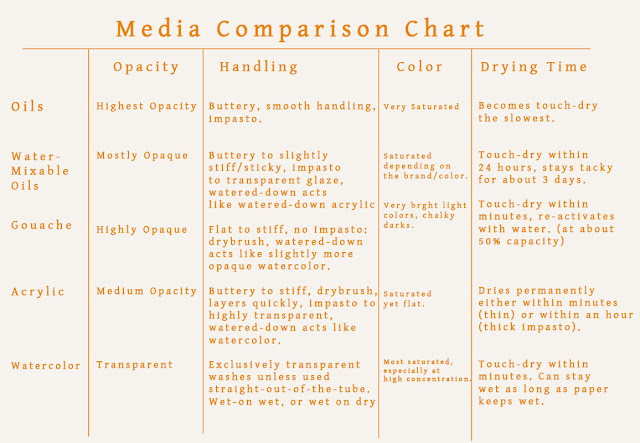


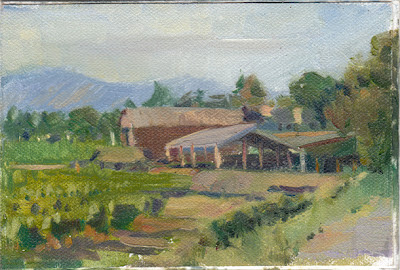




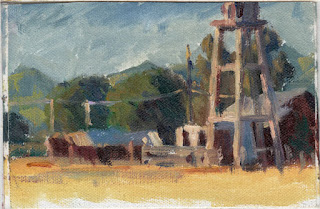




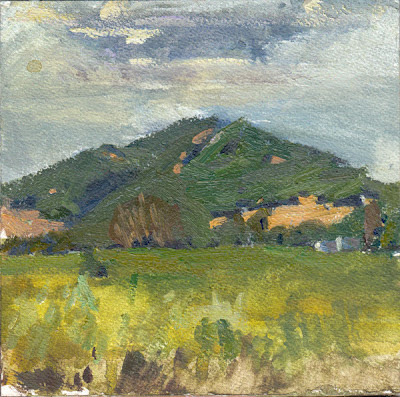


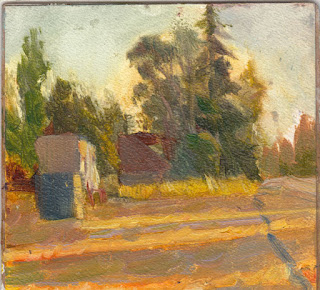
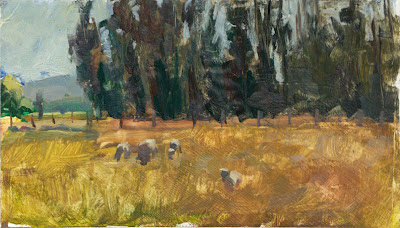


0 comments:
Post a Comment